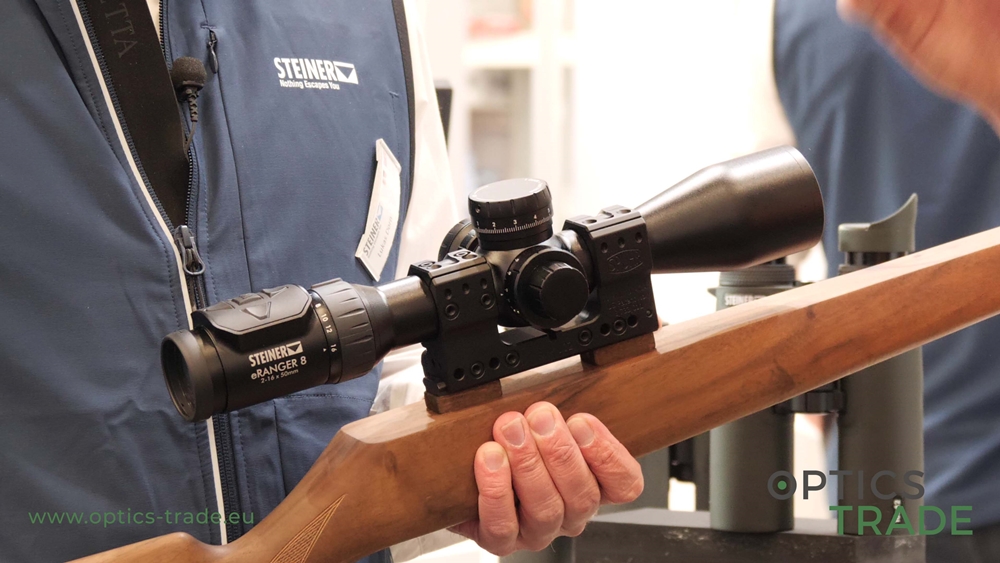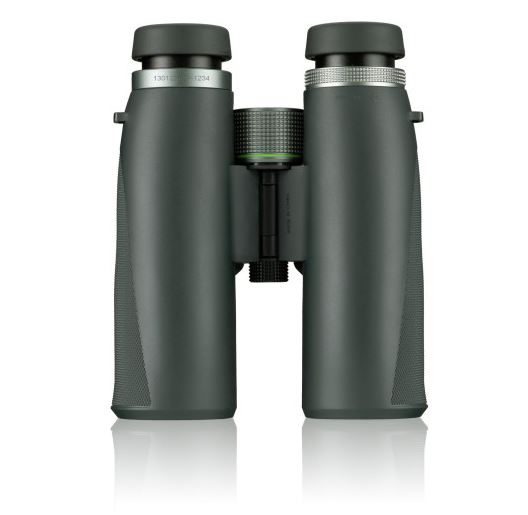Hello and welcome back to another Optics Trade debate. Today, we will talk about the differences between the two categories of binoculars, namely full size and compact binoculars. We already have some buying guides on this topic, so do check them out.
The most noticeable difference between the two devices is the size and weight – usually about 20% of the difference in length and 20% of the difference in size. That is all because of the size of the lens. At Optics Trade, we categorize compact binoculars as having a lens diameter of 28 mm-36 mm, and full-size binoculars as having a lens diameter of around 40 mm (42 mm is the most common value).
What about the exit pupil? With full-size binoculars, the exit pupil is 5.5 and with compact binoculars, it is 4, making full-size binoculars better for low-light use. There are similar magnifications in both categories – 8x, 10x, 7x, 12, etc.
Regarding the materials used, this depends on the priceclass. Cheap binoculars are often made out of plastic, then we have aluminum, and top models are made out of magnesium. The bridge design is mostly single bridge, with some exceptions, mostly found in the full-size category and limited to the higher price classes.
Both compact and full-size binoculars mainly sport a Schmidt & Pechan roof prism. Some exceptions produce binoculars with the Porro prism, like Swarovski. The eye relief is longer on full-size binoculars, making them more comfortable to use – this also depends on the design of the eyecups.
There is usually a 10%-15% of the price difference between compact and full-size binoculars in the same series from the same manufacturer – the full-size binoculars are usually more expensive. Full-size binoculars are universal binoculars, extremely recommended for hunting because of the use in low-light situations. But, for example, when mountain hunting, compact binoculars are commended due to their size and because the size of the exit pupil is not that important.
When bird watching, either option works. Perhaps observing is a bit more comfortable with full-size binoculars, but with compact ones, you get a smaller size and weight. When hiking and traveling, oftentimes compact binoculars are recommended for the same reason.
Thank you for watching this video. If you found it useful, please leave a like, subscribe, and we will see you in our next debate. Goodbye.
Products mentioned in the Compact VS Full Size Binoculars debate:
Compact Binoculars: https://www.optics-trade.eu/en/binoculars/compact-binoculars.html
Full-Size Binoculars: https://www.optics-trade.eu/en/binoculars.html?fix_magnification_slider=8-10&lens_diameter_slider=42-44
Follow us on social media:
Facebook: https://www.facebook.com/OpticsTrade/
Instagram: https://www.instagram.com/opticstrade.hunting/
Blog: http://optics-info.com/
Flickr: https://www.flickr.com/photos/opticstrade/albums
Pinterest: https://www.pinterest.co.uk/opticstradeeu/
LinkedIn: https://www.linkedin.com/company/optics-trade




